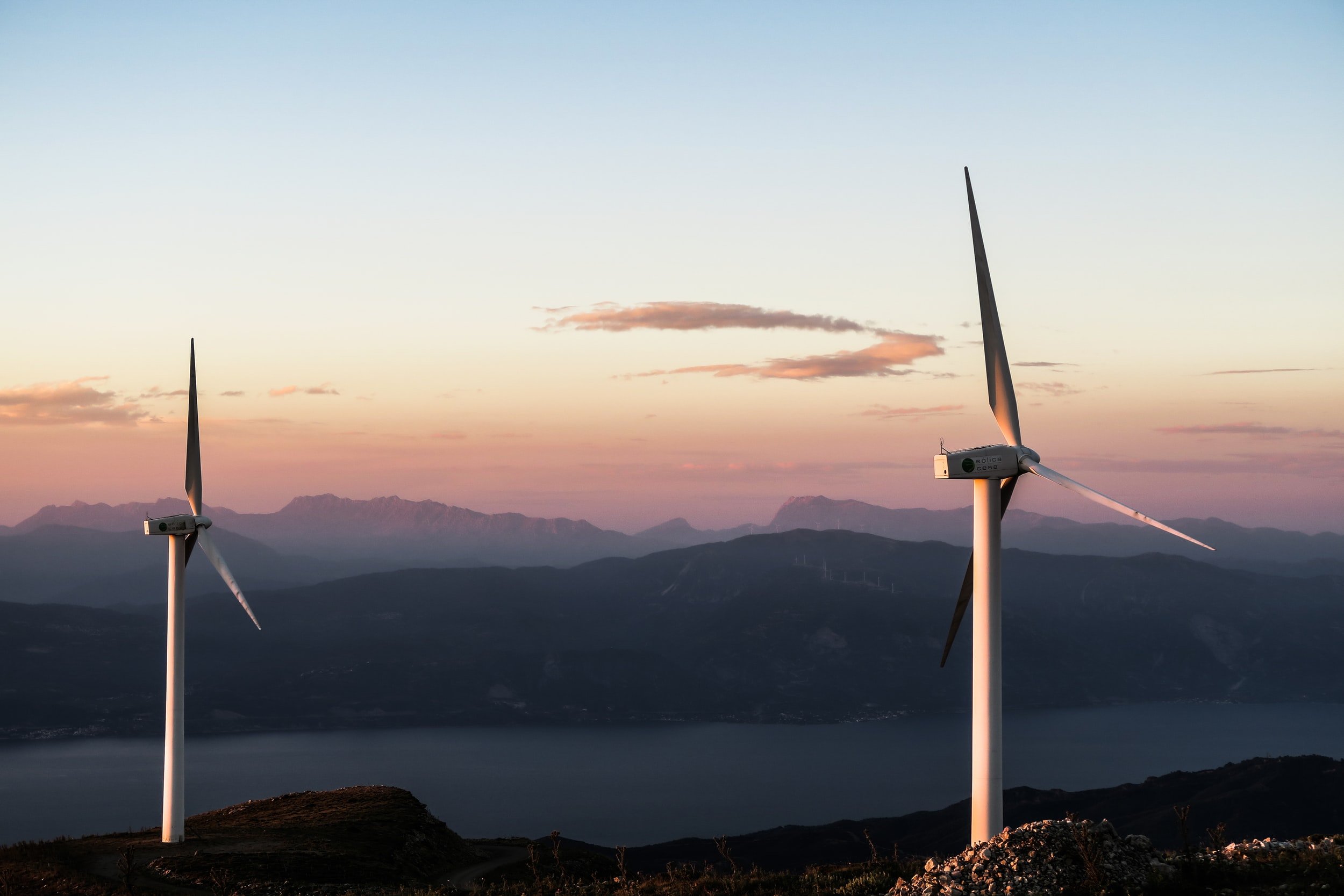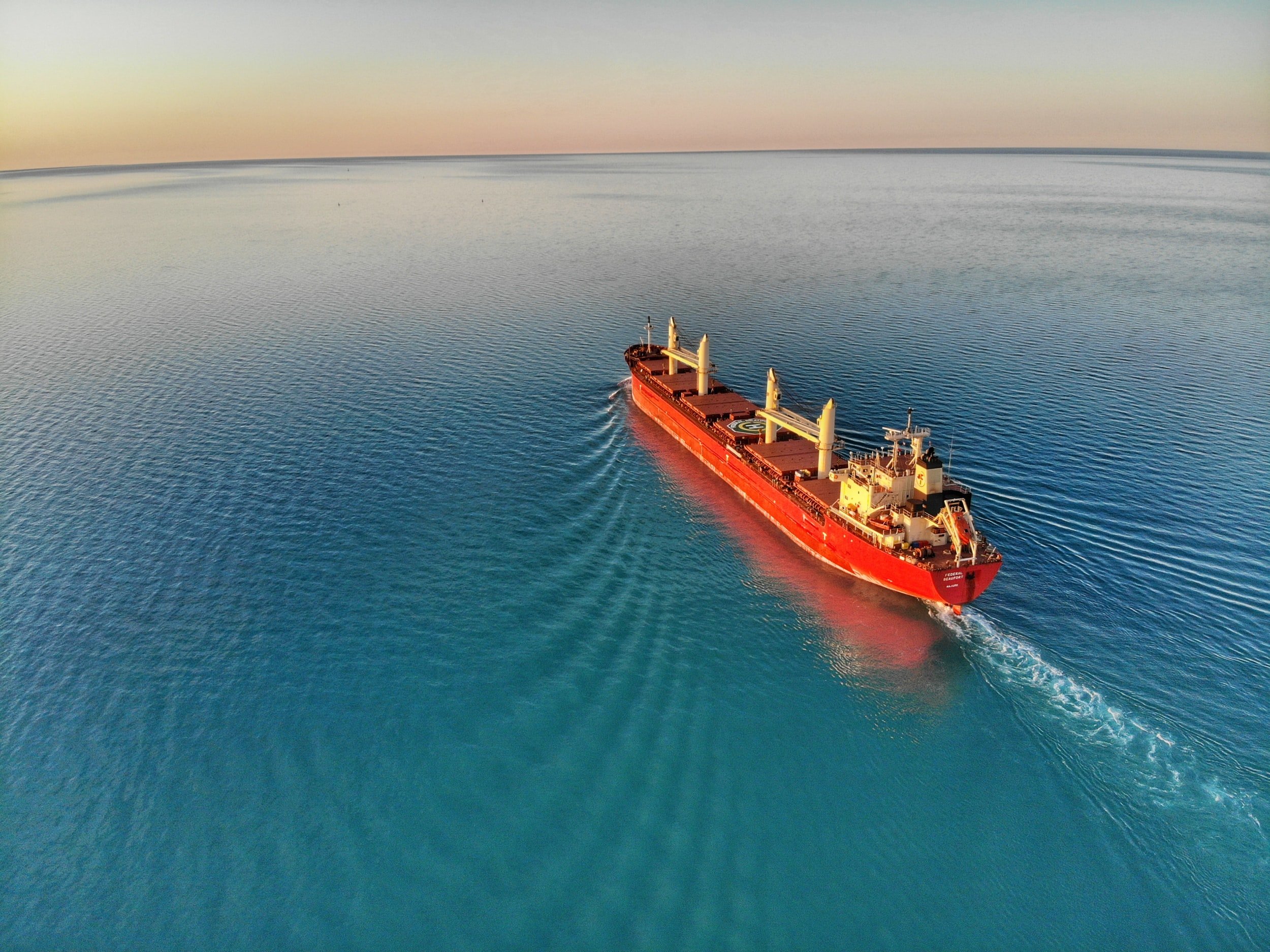Responsible Investing



Environment
At Oceanic we take the environmental impacts of our sectors very seriously. Our areas of expertise are energy and shipping, and we are focused on the parts to be played by these industries in reducing emissions. Therefore, we have joined the Getting to Zero Coalition whose aim is to get to zero carbon emissions by 2050. This is an alliance of more than 150 companies within the maritime, energy, infrastructure and finance sectors, supported by key governmental and intergovernmental institutions.
Energy Transition - looking at the whole picture
Oceanic has been an active investor in New Energy since 2006 in its various funds. Initial investments were in mostly in wind and solar equipment manufacturers, though in recent years the focus has shifted to power storage, carbon storage and zero carbon fuels. While new energy sources are growing rapidly, the sheer size of energy markets will mean that the transition is a multi - decade process and oil and gas will remain important for decades to come. Oil and gas are depletion industries and will require continuing investments to make the current period of energy transition as seamless as possible. In recent years - we have seen a steady decline in upstream oil and gas spending which accelerated in the pandemic, while demand has rebounded strongly to reach levels close to the pre pandemic trend. The IEA has confirmed that while investment levels in conventional energy during 2021 were in line with the average required for a Net Zero scenario to 2030, the level of investment in New Energy was not (see graphs below). These sorts of imbalances can lead to shortages on the one hand and excessive valuations on the other - both these features have played out in 2021.
Oil and Natural Gas Production Investment, 2018 - 2030
Clean Energy and Infrastructure Investment, 2018 - 2030
Source: UK Oil & Gas Authority
We believe that offshore technologies will have a significant role to play in the drive to decarbonisation. For example, the UK Oil & Gas Authority estimates that around 60% of the UK’s Net Zero target could be achieved offshore (see diagram below). This scenario includes technologies which involve integration with existing oil and gas sectors (electrification, carbon capture, hydrogen), as well as offshore wind. In addition, there will be investment opportunities in terms of a fleet of support vessels and related infrastructure.
Shipping
We regard shipping as part of the solution rather than the problem in eliminating carbon emissions. Ships transport 80 percent of global trade and the maritime supply chain delivers the goods and services needed to run our societies. This is achieved with the lowest carbon footprint for any mode of transport per tonne-km transported, as shown in the below graph.
This graph demonstrates that Shipping produces approximately 0.5% of the carbon emissions per tonne-km of HGV’s and 0.07% of those produced by airfreight.
The period from 2008 to 2020 saw a 20% decrease in shipping emissions despite a 33% increase in world trade over this same period, and a reduction from over 3% to less than 2.5% of total CO2 emissions. This was primarily achieved by a combination of speed reduction and replacement of old, less efficient vessels with newer, fuel-efficient vessels. The below chart from our real time vessel tracking system TRACS shows how the fleet has slowed down over the past decade, a major factor in the reductions achieved to date.
Although shipping is the most efficient form of goods transportation, there is still a long way to go to get to zero carbon emissions. If shipping is going to reach the target of full decarbonisation by 2050, given the general economic life of a ship is 20 years, this means that zero-emission vessels and fuels need to be adopted by 2030.
How can TRACS help?
Through our real-time vessel tracking system TRACS, Oceanic is able to calculate the carbon emissions of seagoing vessels, individual companies and the world fleet - based on the type of vessel, load condition, and speed at which the ships move. This is a project currently under development and we are hopeful that it will eventually provide another tool for getting to zero in maritime shipping.






